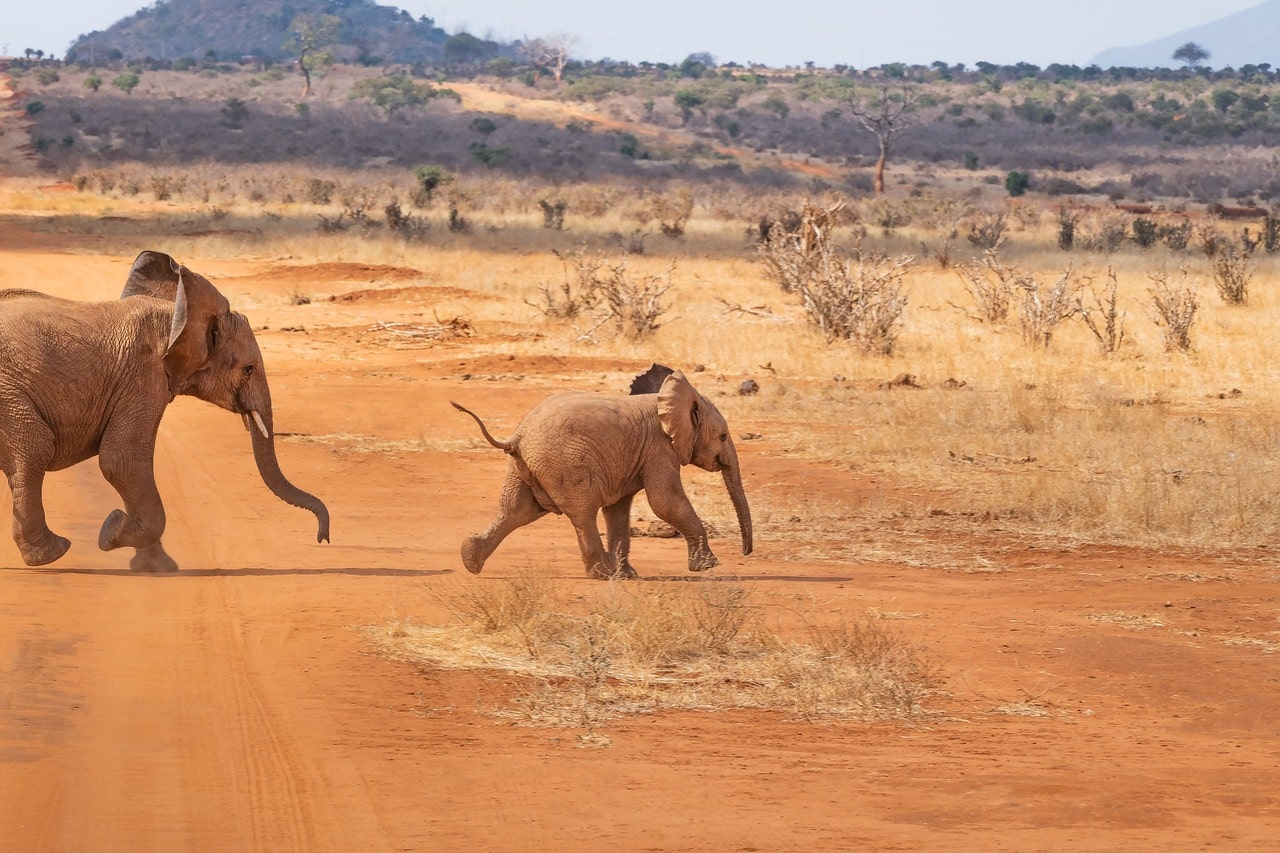
Trees in dryland forests and wooded areas provide key ecosystem services such as animal feed, timber, fruits and, regulation of soil and water cycles. Equally, the presence of livestock in dryland woody areas can also play an important role in the local ecosystem; not only are they a source of income for local communities, but they also help vegetation and mobilise stored biomass. When both of these ecosystem elements are wisely combined – livestock and trees – it creates an integrated agricultural system that can boost the local ecosystem, representing a welcome agro-ecological transition in livestock farming.
The ‘Grazing with Trees’ report gives a thorough assessment of the positive role that optimized extensive grazing livestock farming can play in the management and restoration of drylands’ forests and lands with trees. It assesses and provides sound evidence on the benefits of applying an integrated landscape approach and utilizing farmers and pastoralists’ knowledge to halt desertification, increase resilience, and enhance food security under the actual changing scenario.
The report confirms the importance of agroforestry as a primary pathway for forest restoration in dryland areas as recommended by FAO’s State of Forests 2022, and its recommendations encourage landscape planners and decision makers to consider livestock as allies, carefully restore tree cover and accelerate action to promote healthy ecosystems.
